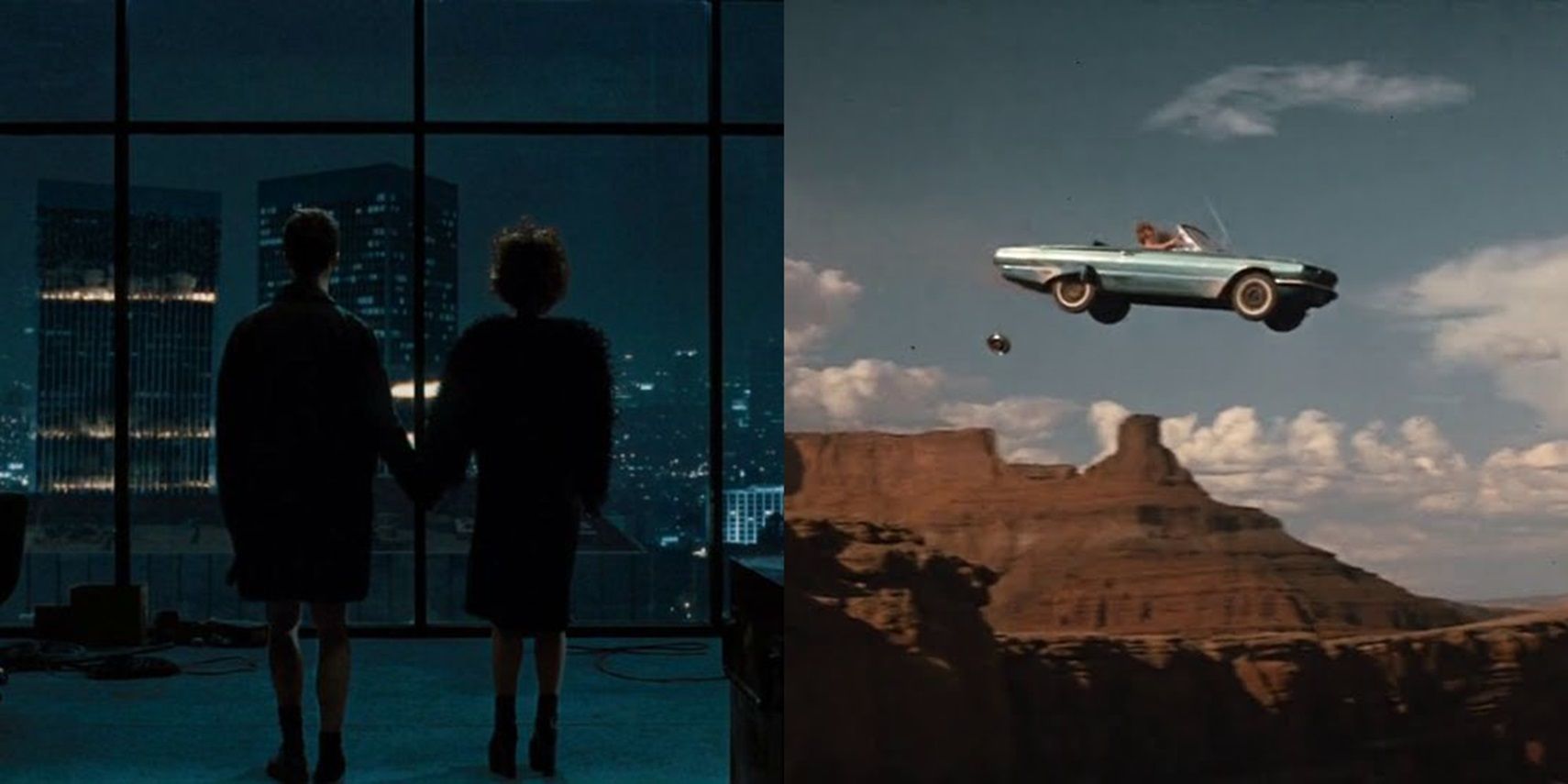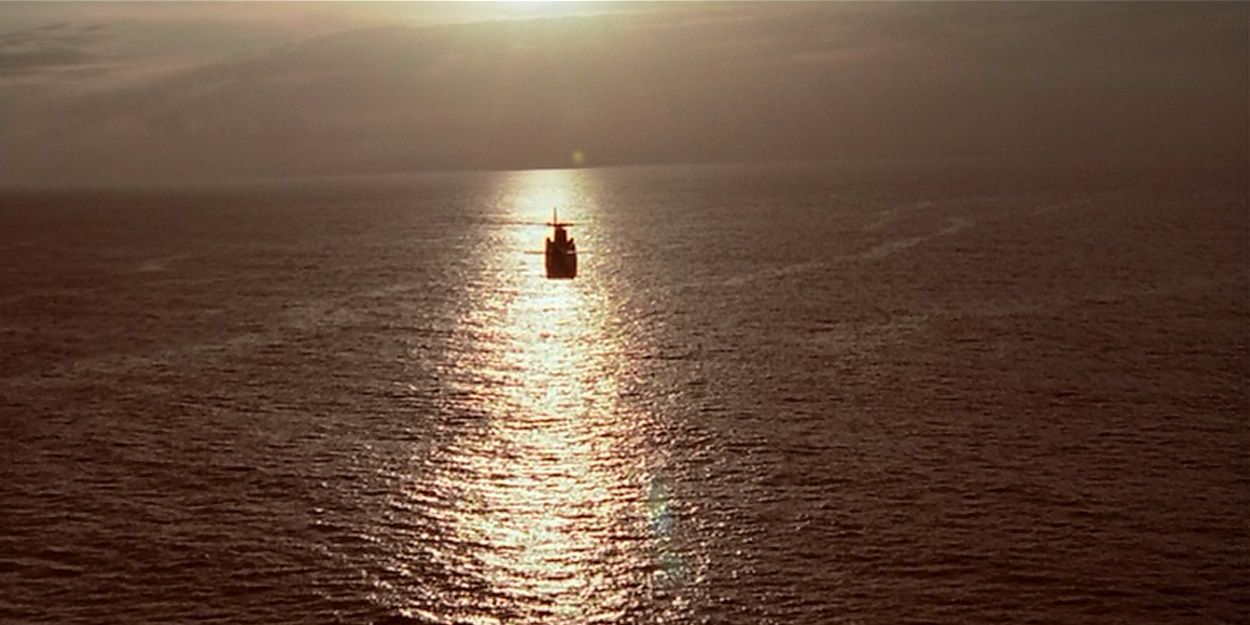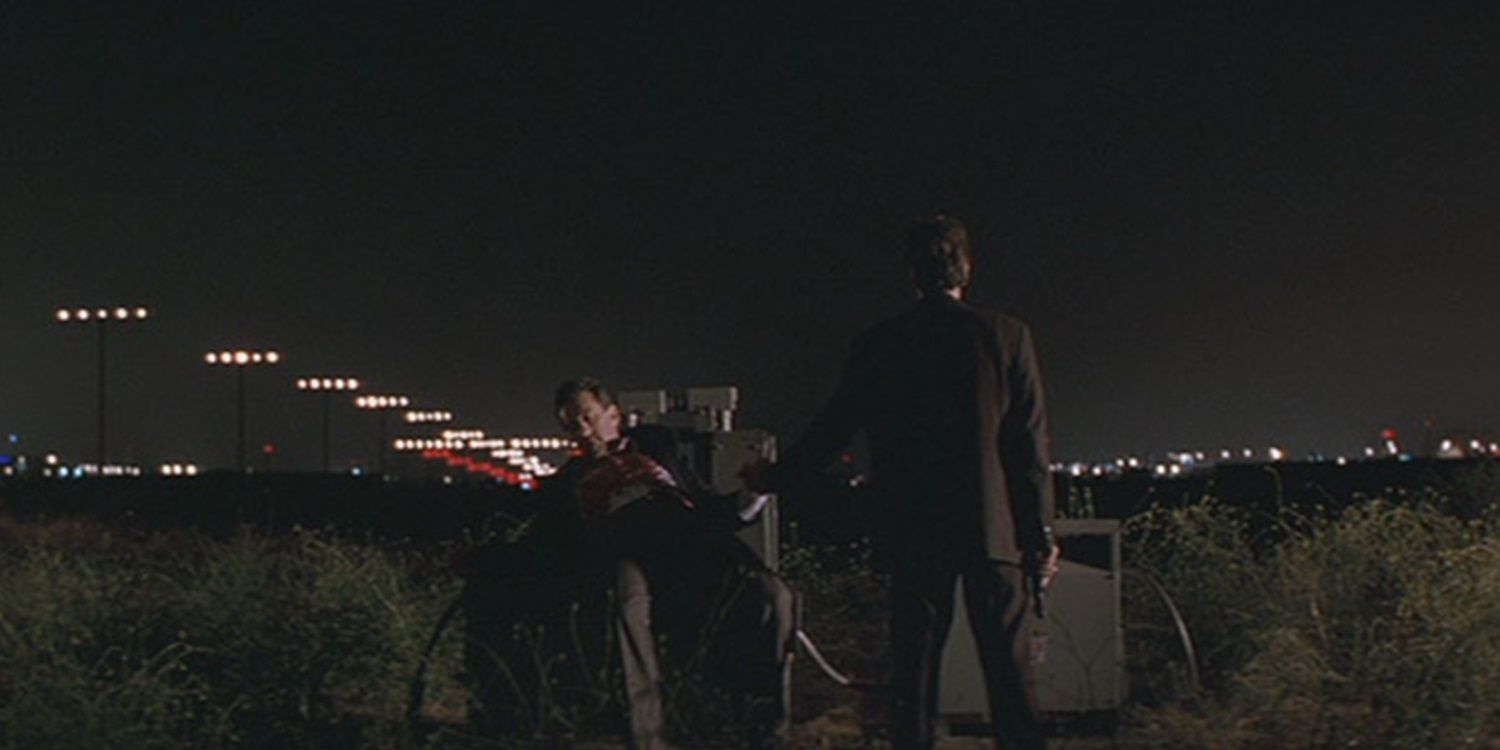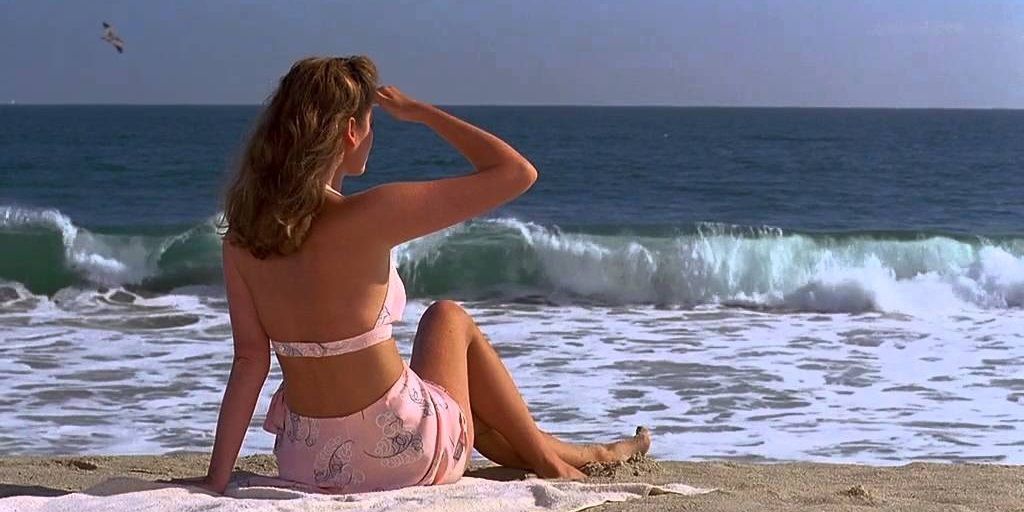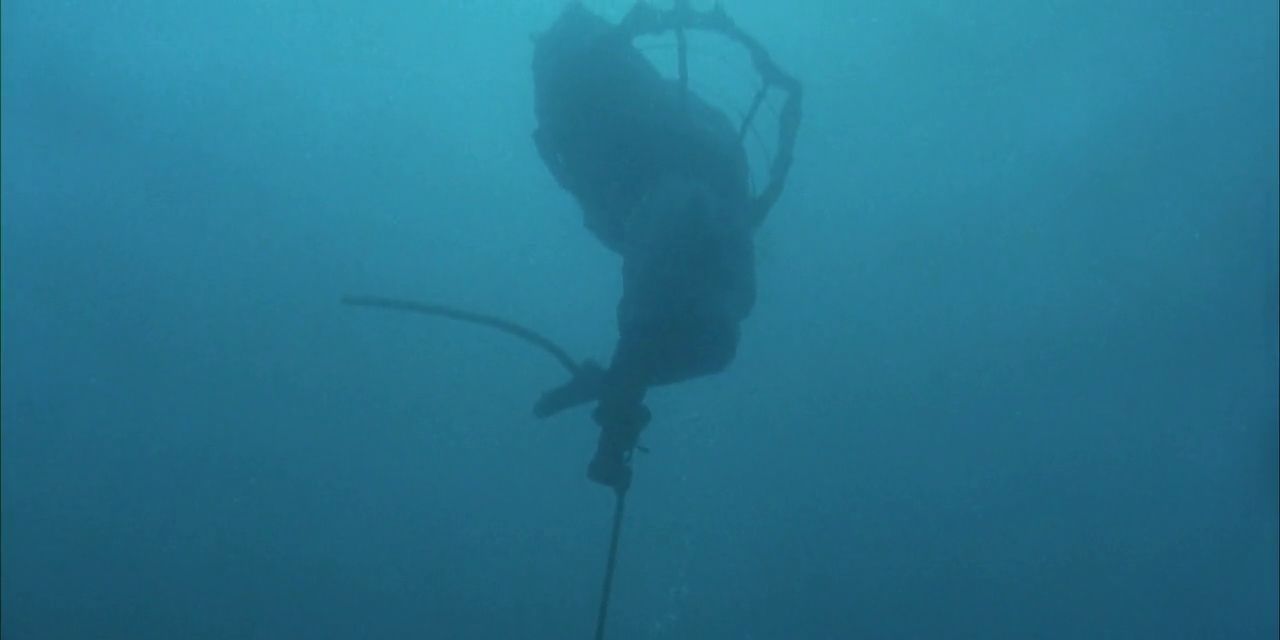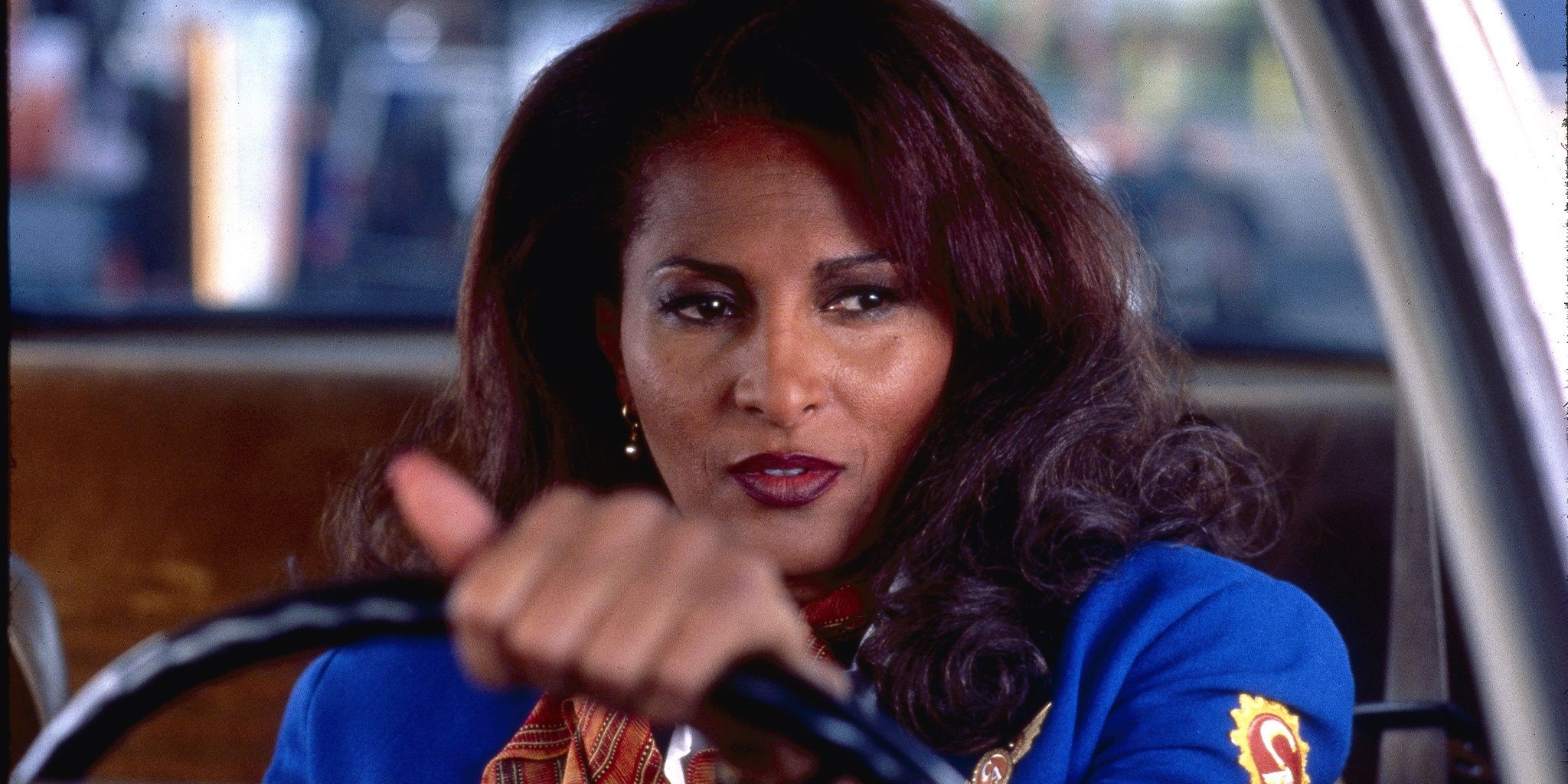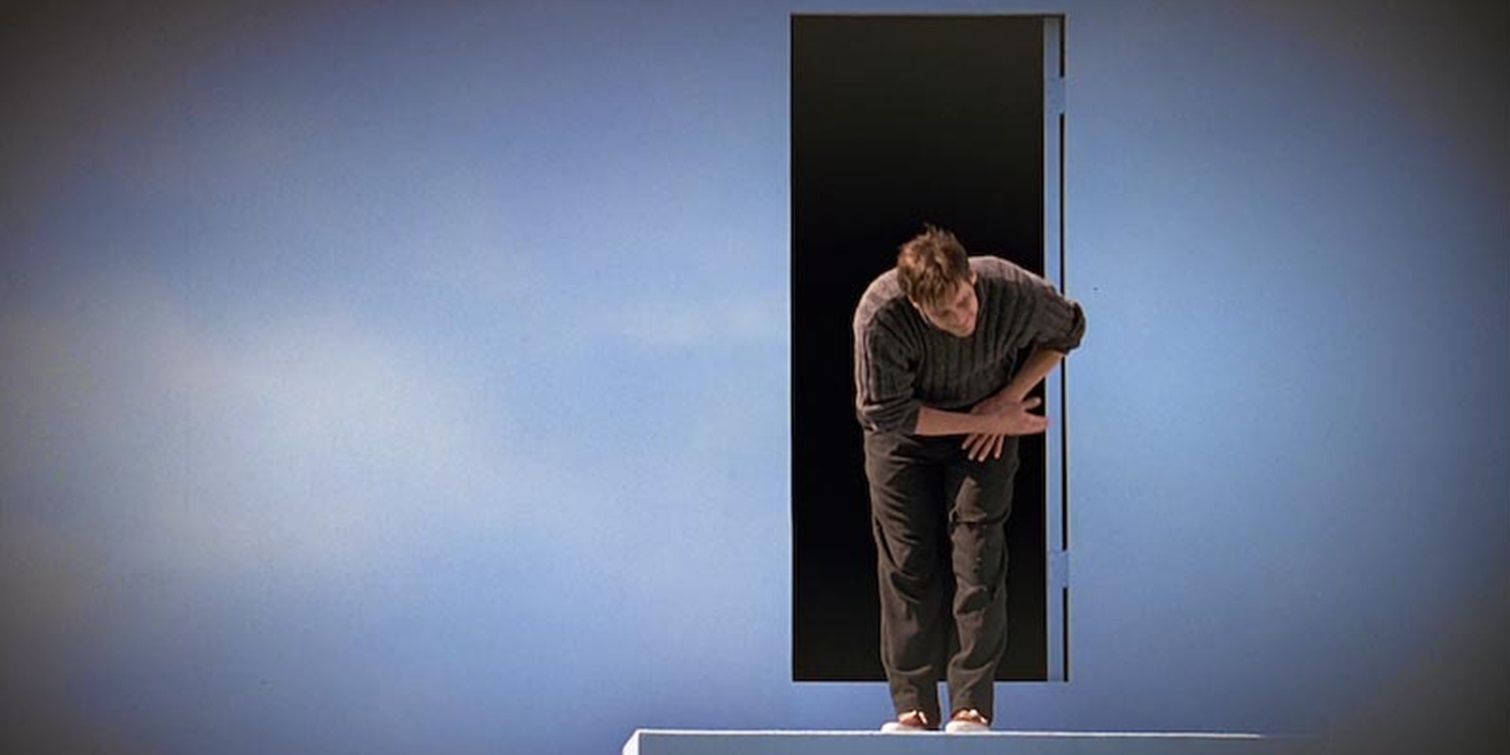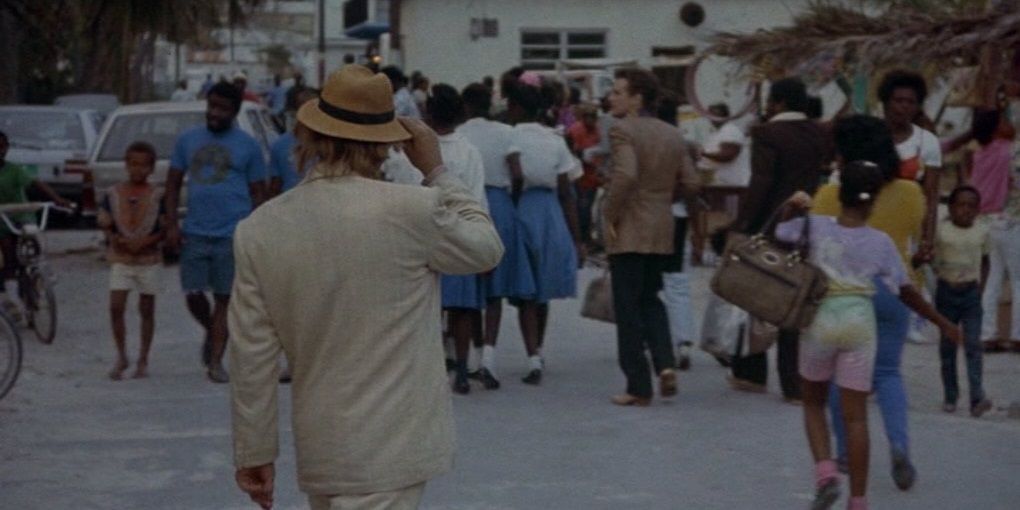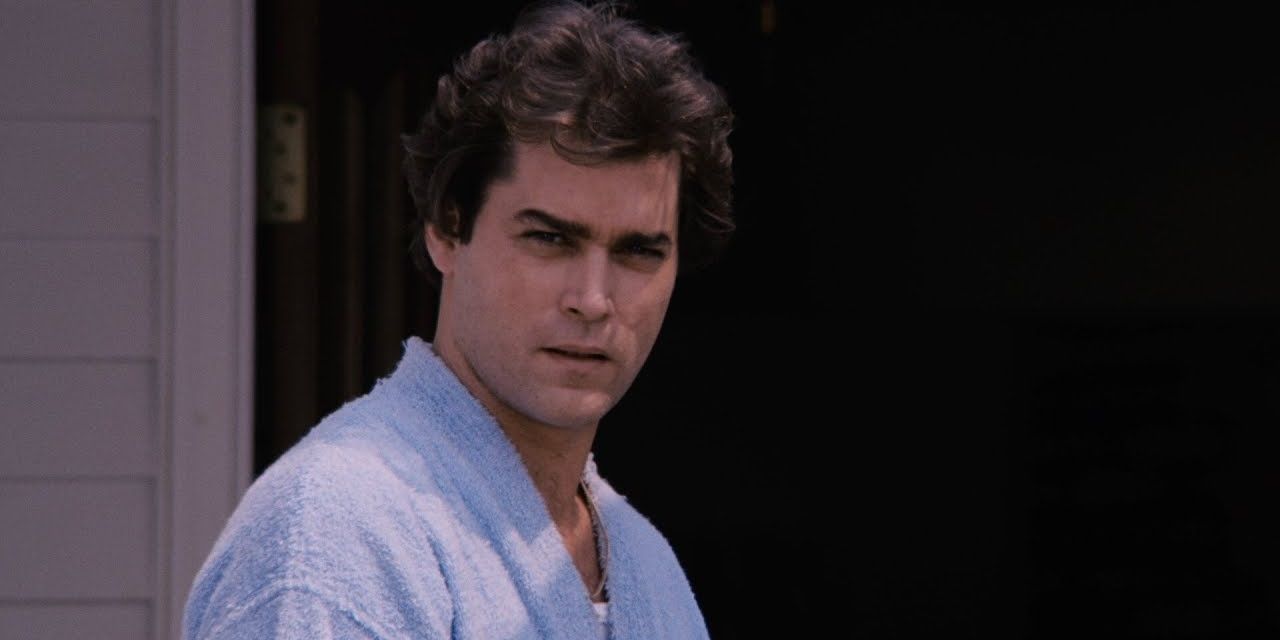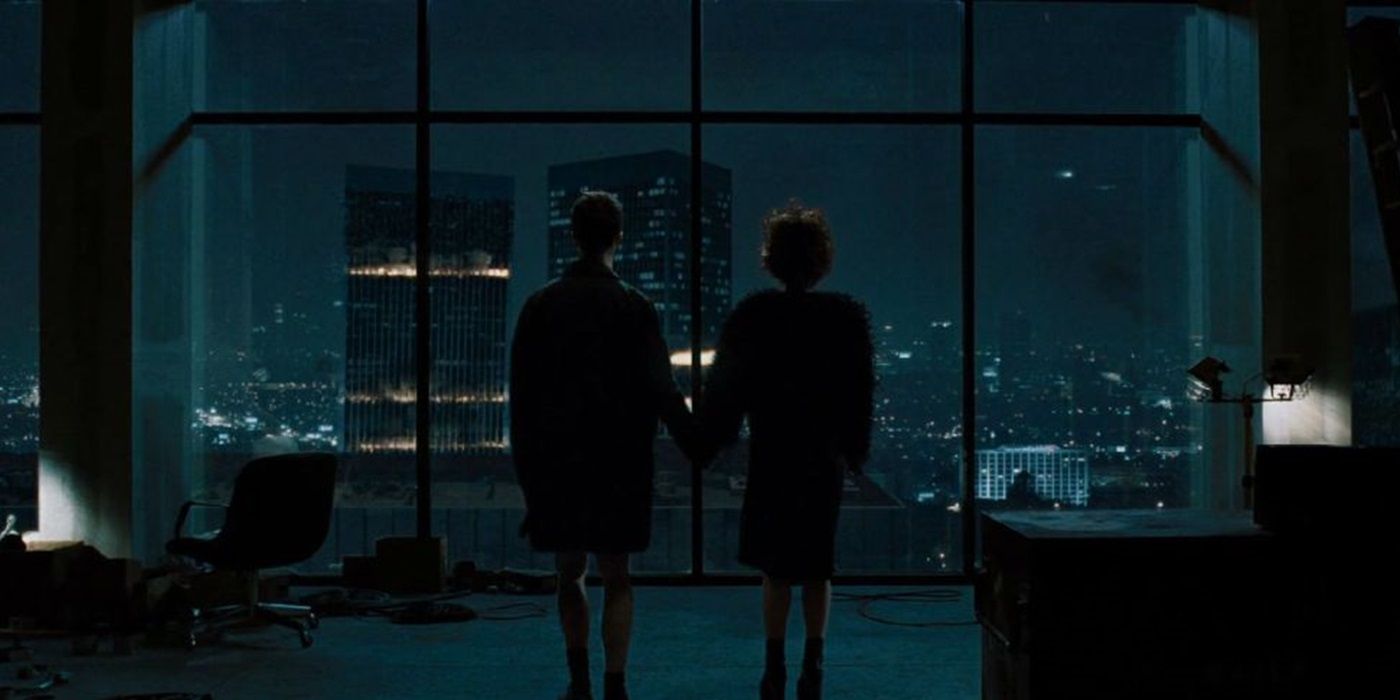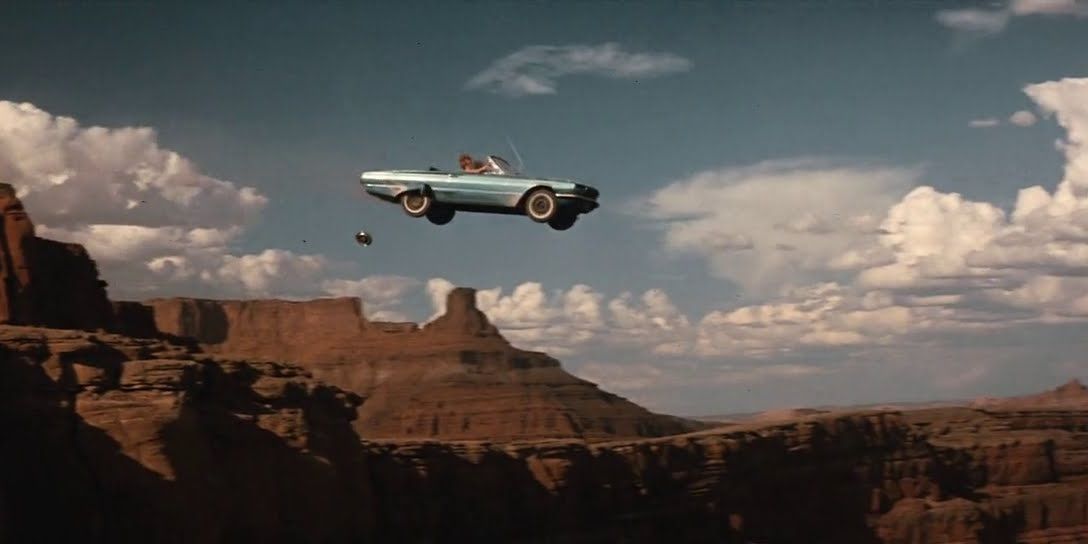With Quentin Tarantino revitalizing indie cinema and Generation X bringing their unique voice to the big screen, the 1990s brought some of the greatest movies ever made. Characters like Forrest Gump and Mia Wallace became instant cultural icons, while now-iconic scenes from Misery and Fargo leaving an unforgettable impression on the moviegoing public.
The final shot is the most important in any movie because it’s the last thing the audience will see of the story at hand. Thanks to directors like Steven Spielberg, Martin Scorsese, and the Coen brothers, there were a bunch of memorable final shots in ‘90s movies.
Jurassic Park (1993)
Steven Spielberg’s Jurassic Park is a quintessential blockbuster that culminates in an action-packed finale that both concludes the story and wraps up the themes. The survivors escape on a helicopter as John Hammond realizes the dangers of playing God.
Dr. Grant’s arc comes to a heartfelt close as Hammond’s grandkids sleep on him and he watches a flock of birds fly past and realizes he no longer hates kids. John Williams’ sweeping orchestral theme takes over as the end credits roll.
Heat (1995)
Michael Mann’s action-packed three-hour crime epic, Heat, sets itself up as a cat-and-mouse thriller, as Al Pacino’s antsy L.A. detective desperately tries to bring down a successful bank robber, played by Robert De Niro.
In the movie’s final scene, Pacino tracks De Niro down to an airport runway and chases him into the night. Pacino manages to shoot De Niro in the chest and takes his hand as he succumbs to his wounds and passes away.
Barton Fink (1991)
Many people feel that the Coen brothers’ Barton Fink is impossible to understand. It’s been described as a buddy comedy, a film noir, and a horror film, and a more accurate description would be some kind of messed-up combination of these three things.
At the end of the movie, Barton submits his script to the studio and the studio head hates it. The dejected writer walks down to the beach, where he sees the woman from the picture in his hotel room that’s been haunting him through the whole movie. It seems to support the fan theory that Barton is in Hell the whole time.
The Piano (1993)
Jane Campion’s The Piano is a highly celebrated movie, but it’s not easy viewing. At the end of the movie, when Ada’s titular piano is thrown overboard, she tangles one of the ropes around her foot so she gets pulled under with it.
This attempt to end her own life is an appropriately melancholic way to end this story. But while she’s being pulled underwater, Ada changes her mind and breaks free so she can be pulled to safety, offering a glimmer of hope in an otherwise bleak movie.
Jackie Brown (1997)
Easily Quentin Tarantino’s most underrated movie, Jackie Brown stars Pam Grier as a flight attendant who plays a gun runner and an ATF agent against each other. In the final scene, Jackie manages to escape with the loot from the heist. She offers to take Max Cherry with her, but he refuses to go, so they embrace and she leaves him behind.
The final shot sees Jackie driving into a bright but uncertain future without her love, singing along to Bobby Womack’s hit “Across 110th Street” on the radio.
The Truman Show (1998)
The satire of The Truman Show is even more relevant in the social media age. Jim Carrey stars as a man who realizes his entire life has been fabricated and he’s being filmed 24 hours a day for a reality TV show.
In the movie’s heartwarming climax, Truman escapes from his island town and sails off to enter the wider world. After traversing choppy waves, Truman’s boat bumps into a giant wall painted to look like the sky. He climbs up a staircase to a door, waves his audience goodbye, and boldly goes through the door to restart his life.
The Silence Of The Lambs (1991)
One of the few horror films to be taken seriously by critics, Jonathan Demme’s The Silence of the Lambs ends with Clarice Starling catching Buffalo Bill and being honored with a party by her FBI colleagues.
While she’s at the party, she receives a call from an escaped Dr. Hannibal Lecter, who ominously tells her, “I’m having an old friend for dinner,” before casually following Dr. Frederick Chilton into a crowd.
Goodfellas (1990)
After the climactic helicopter sequence in Martin Scorsese’s Goodfellas, Henry Hill agrees to comply with the FBI’s investigation and rats on all his friends in exchange for a cushy spot in the Witness Protection Program. In his voiceover narration, Henry explains that life as a federal witness is its own kind of prison after years of lavish mafia life.
In the final shot, he comes out of his new suburban home to pick up the newspaper and sees his whacked friend Tommy DeVito shooting at him. Scorsese uses this Great Train Robbery-inspired shot to visualize Henry’s worst fears coming to fruition.
Fight Club (1999)
The cult movie to end all cult movies, David Fincher’s Fight Club stars Edward Norton as the Narrator and Brad Pitt as Tyler Durden, the eccentric new friend with whom he creates “Project Mayhem,” an anarchist group committed to toppling the biggest banks and corporations in America.
After all the movie’s twist revelations, the Narrator finds himself in the awkward spot of having rigged the city’s corporate skyscrapers with explosives. In the final shot, he holds Marla Singer’s hand and watches the buildings collapse, set beautifully to the sounds of “Where is My Mind?” by the Pixies.
Thelma & Louise (1991)
Starring Geena Davis and Susan Sarandon as a pair of best friends who go on the run after escaping an attempted sexual assault, Ridley Scott’s Thelma & Louise is hailed as a feminist masterpiece.
At the end of the movie, when it becomes clear that they can’t evade the law, Thelma and Louise decide to drive off the edge of a cliff. Scott freezes the frame before rolling the end credits. This is one of the most iconic (and heavily parodied) movie endings of all time and 30 years later, it still packs a punch.

